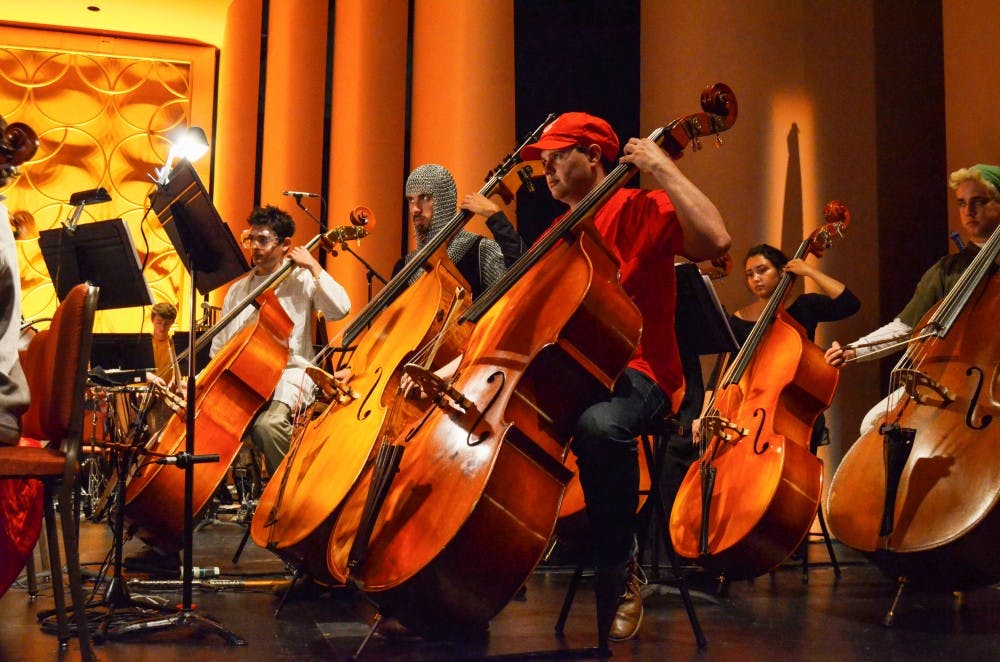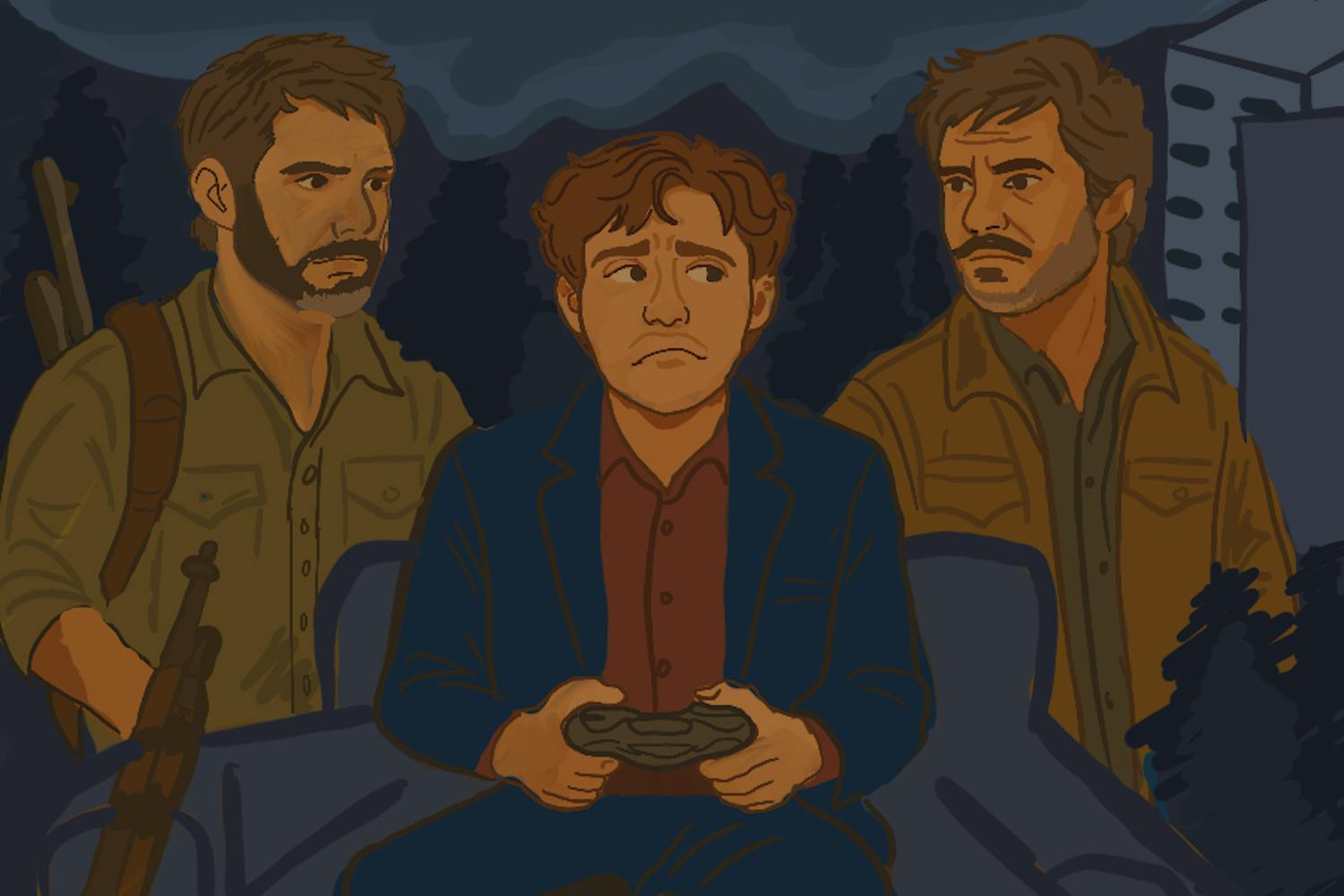Students, families and friends filled the auditorium at ASU Gammage on Saturday, Oct. 21 for the newest performance by the ASU Symphony Orchestra.
But this was not an ordinary performance, evidenced by the number of students who performed in Mario Bros. hats, Pokemon onesies or other various video game garb.
This was “Level Up: Music from Video Games," a performance that was organized in part by Mark Alpizar, third-year musical arts doctoral student and teaching assistant in orchestra and opera conducting, to carry on a tradition of pops concerts.
He was aided in preparing the show by Michelle Di Russo, another musical arts doctoral student and teaching assistant in orchestra and opera conducting, and Kamna Gupta, a second year graduate student in orchestra and opera conducting.
“Last year was our first-year teacher Jeffery Meyer’s initial idea,” Alpizar said. “He decided to establish a tradition of pops concerts that doctoral students put together. One theme he decided on was the music of video games.”
Alpizar said this plan includes a three-year rotation of music from video games, Broadway musicals and film scores.
Jeffery Meyer, associate professor at the School of Music, said that video game music entered symphony halls in the early 1990s, but it gained more attention in the 2000s when major orchestras began programming this music regularly.
“Today, most major and minor orchestras include this repertoire in their seasons,” Meyer said. “The music has a huge and enthusiastic following, and it is very exciting to hear this music come to life in the concert hall.”
Concertgoers heard the ASU Symphony Orchestra perform various pieces from Video Games Live, Metal Gear, Pokemon, Kingdom Hearts, Sonic the Hedgehog, Super Mario Bros. and more.
The pieces were chosen based on what Alpizar knew from his youth and from suggestions he got from his peers, he said.
“I talked with my colleagues in the orchestra studio,” Alpizar said. “I went online and searched ‘video game music’ and found the most frequently performed pieces.”
Alpizar said he investigated other major orchestras like Symphony of the Goddesses and Video Games Live, and sought recommendations from Tommy Tallarico, who offered the rights to perform some of his music.
However, the concert went beyond performing familiar music. Two new pieces were premiered as well, one by faculty associate in the School of Music, Christopher Norby and one by Benjamin Vining, a junior in theatre.
“It added a new vision to the concert, that we were able to premiere it,” said Di Russo.
The show concluded with selections from “Calling All Dawns” by Christopher Tin, a song-cycle that is presented in multiple languages.
Its opening track, “Baba Yetu”, served as the theme for the video game "Civilization IV," and was the first song composed for a video game to win a Grammy, according to the Billboard website.




